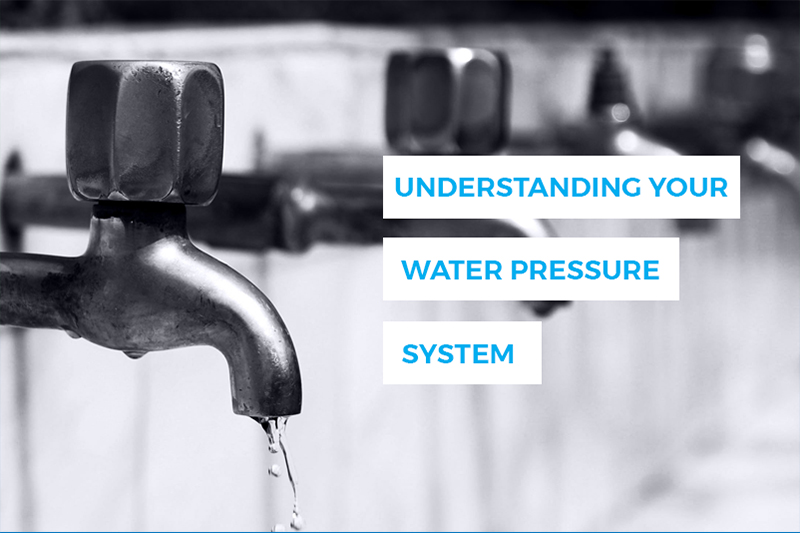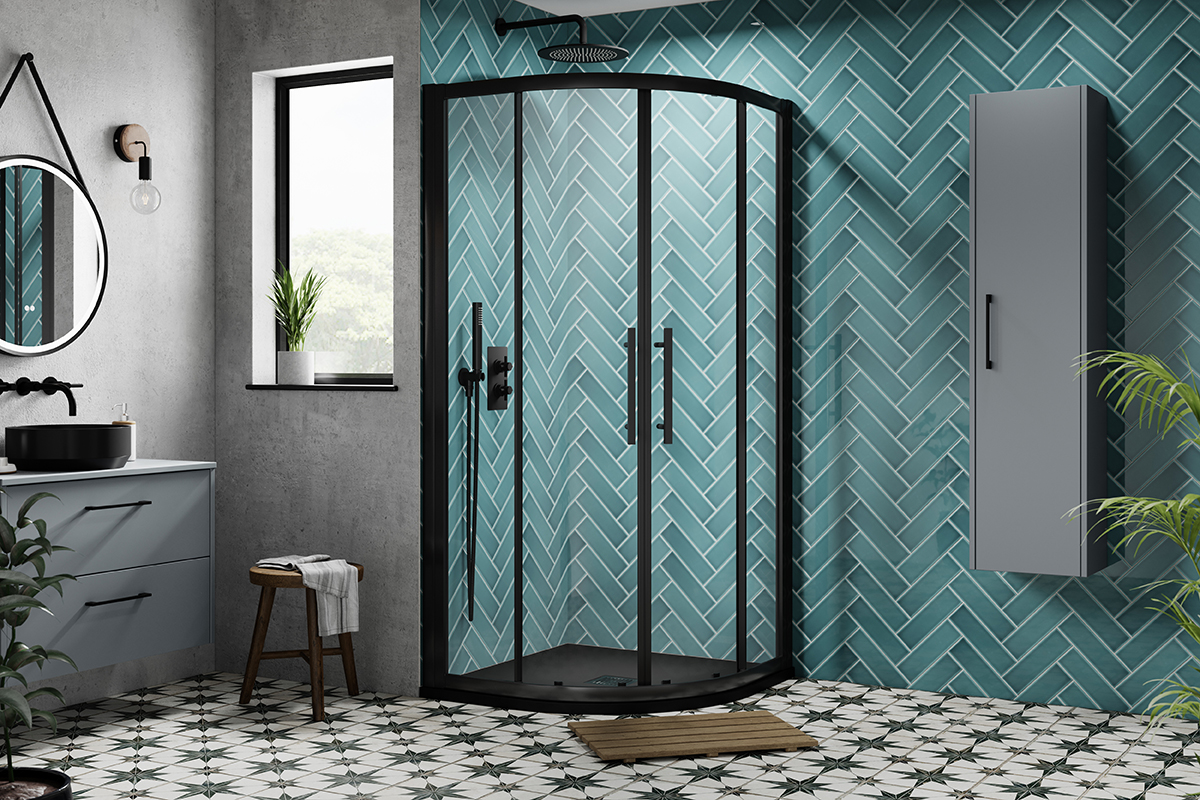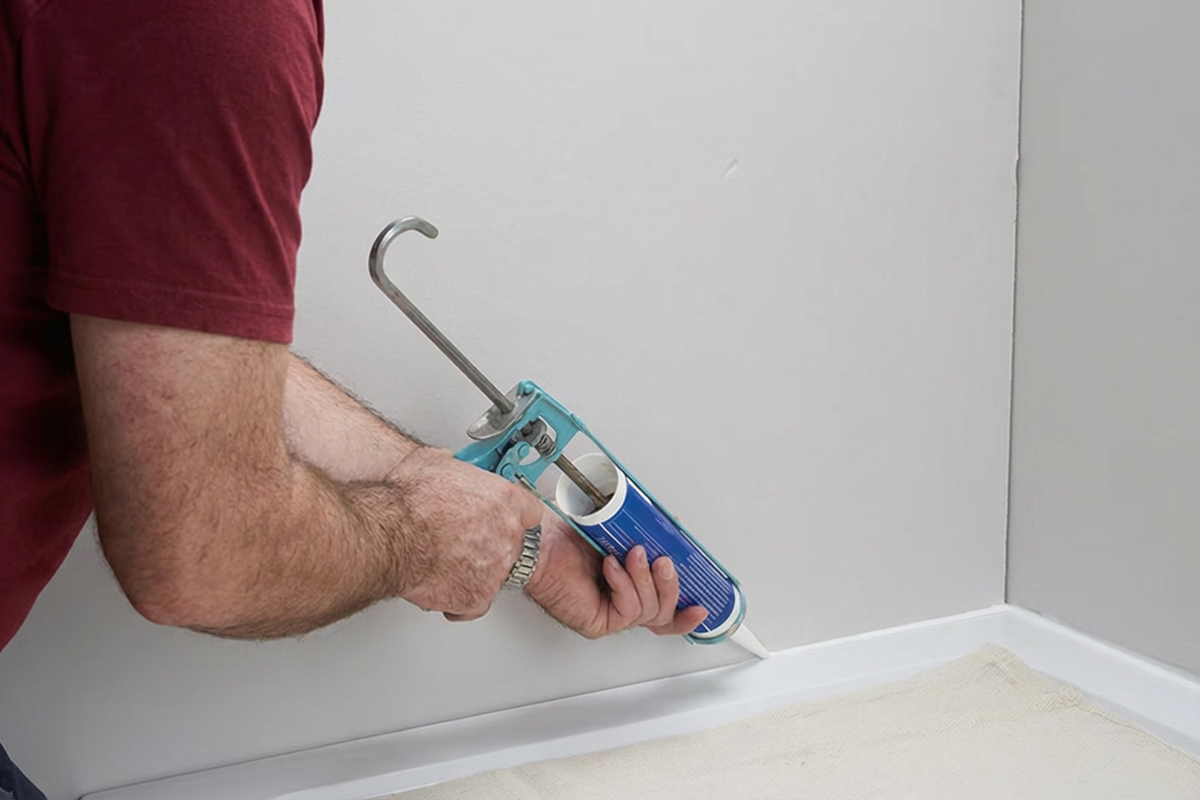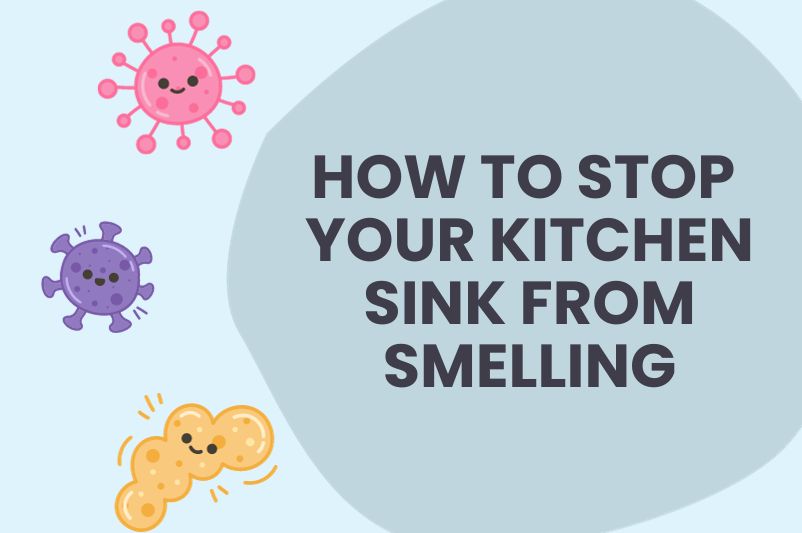Understanding Your Water Pressure System

What Water Pressure Do I Have?
When installing any new plumbing appliances in your house, it's important to understand the water pressure of your current water system. Installing the wrong tap or shower for your system could lead to significant problems when using them, such as low water flow and sporadic hot and cold bursts. Matching your new installations to your water pressure will ensure reliable performance and the bathing and showering experiences you've paid for.
Modern pressurised water systems usually consist of a boiler, which heats water during its active hours, and a water storage tank. Occasionally a home will not feature a boiler but will still have a tank or tanks to store hot and cold water and some possess a boiler but do not have a tank to store water before it's needed. By examining your home system, it's possible to determine the current water pressure.
Identifying the System You Have
If there is a cold water tank in your loft and a hot water tank situated somewhere else in the house, you have a low pressure system, also known as a gravity-fed system. Your hot water tank will usually be situated in an airing cupboard. If you have a low pressure system, you'll have to make sure that any showers or taps you purchase are suitable for use with low pressure systems. If this is the case, it's beneficial to calculate the precise pressure of the system to ensure that you choose the right products.
If your home features a combination (combi) boiler, you own a high pressure vented water system. Your boiler will usually be mounted on a wall in an accessible location, such as your kitchen and your system will not include a hot or cold water storage tank. The boiler is supplied with cold water, which it then heats and pumps around the rest of the system to feed your plumbing appliances. High pressure vented systems offer a great deal of flexibility as they're compatible with the vast majority of modern taps and showers, meaning your precise water pressure isn't as much of a concern.
If there is a hot water tank in your home but no cold water tank, you have a high pressure unvented system. Water is stored in a hot water tank (usually in your airing cupboard) and heated by adjacent immersion heaters or a separate boiler as part of your central heating. Like vented systems, high pressure unvented systems are suitable for use with most showers and taps on the market.
Calculating Your Water Pressure
It's possible to calculate your water pressure by measuring the pipe distance between your water tank and whichever outlet you're attaching, such as taps. Pressure is measured in bar and 0.1 bar equals about 1.45 pa in pressure so a few quick calculations can give you a very good idea of what you're working with. It's especially important to measure this as accurately as possible with low pressure systems, as some installations will receive insufficient water to operate properly. When measuring through walls and ceilings, it's difficult to get a precise measurement but as long as you can measure to the nearest metre you can still calculate your pressure.
Each metre of distance equates to 0.1 bar of pressure, so 5 metres is 0.5 bar, 7 metres is 0.7 bar and so on. If a water system operates at less than 1.0 bar of pressure, it is a low pressure system and if it operates at more than 1.0 bar, it is a high pressure system. At HeatandPlumb.com, each of the descriptions on a product's page include the minimum required pressure in order to be installed properly and used reliably. This removes any unnecessary confusion when ordering from the site, so you can be sure that your new plumbing feature will work as the manufacturer intends.
Of course, there are certain standards that water companies have to conform with in order to maintain a minimum pressure serving your home, known as the GSS (Guaranteed Standards Scheme)





